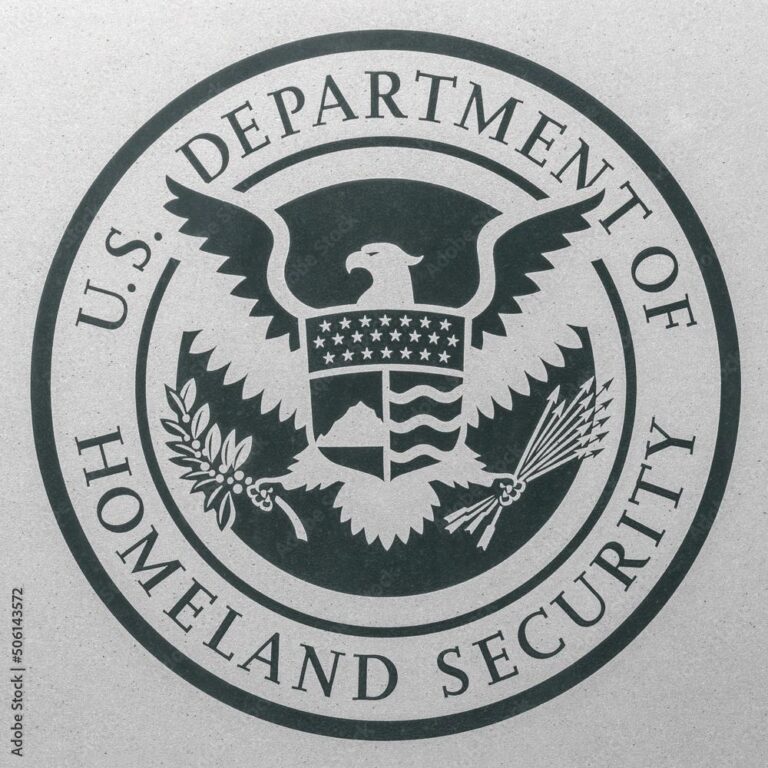Homeland Security Responds to Armed Violence Affecting Community Wellbeing
Following the recent shooting involving a youth baseball coach near Houston, the Department of Homeland Security (DHS) has voiced significant concern regarding the broader consequences of gun-related violence on community safety. DHS officials stressed the critical importance of implementing targeted strategies to curb armed violence and restore public trust in institutions responsible for safeguarding neighborhoods. They highlighted how such violent episodes fracture community cohesion and undermine residents’ sense of security.
Among the primary initiatives proposed by DHS are:
- Enhanced Interagency Collaboration: Strengthening communication channels between federal, state, and local law enforcement to enable swift, coordinated responses and preventive actions.
- Community Partnership Programs: Expanding outreach efforts to build stronger relationships and mutual trust between law enforcement and local populations.
- Analytical Policing Approaches: Leveraging data analytics and predictive tools to identify and mitigate risks in vulnerable areas proactively.
- Comprehensive Victim Assistance: Offering mental health support and resources to individuals impacted by gun violence.
| Program | Primary Focus | Current Status |
|---|---|---|
| Community Policing Expansion | Neighborhood Engagement | Ongoing |
| Gun Violence Analytics Center | Real-time Data Monitoring | In Development |
| Victim Support Services | Trauma Recovery | Active |
Strengthening Security at Public Sports Venues in Houston
In light of the shooting incident near Houston, authorities at both federal and local levels are reevaluating security protocols at community sports facilities. The DHS advocates for a thorough overhaul of threat detection and emergency response systems tailored to youth and recreational events. The goal is to establish a robust, layered security framework that safeguards attendees while preserving the welcoming atmosphere typical of such gatherings.
Proposed enhancements include:
- Broadened Surveillance Systems: Deploying a combination of stationary and mobile cameras to cover all critical areas.
- Advanced Staff Training: Equipping event personnel with skills to recognize early warning signs of potential threats and manage conflicts effectively.
- Integrated Communication Networks: Creating seamless channels for rapid information exchange between security teams and emergency responders.
- Visible Security Presence: Strategically positioning uniformed officers to deter criminal activity and provide immediate intervention if necessary.
| Security Aspect | Current Implementation | Recommended Upgrade |
|---|---|---|
| Surveillance Coverage | Limited to select zones | Comprehensive monitoring of entrances and spectator areas |
| Staff Preparedness | Basic emergency response training | Enhanced training in threat detection and de-escalation techniques |
| Communication Tools | Separate radios for different teams | Unified communication platform with direct law enforcement access |
Improving Collaboration Between Local Police and Federal Agencies
Effective prevention and response to violent incidents hinge on seamless cooperation between local law enforcement and federal agencies. Establishing real-time data sharing platforms is essential for the rapid exchange of critical information such as suspect profiles, threat levels, and situational updates. This can be facilitated through integrated digital systems, joint simulation exercises, and embedding liaison officers within partner organizations to maintain continuous communication and reduce bureaucratic delays.
Moreover, clarifying jurisdictional roles and adopting standardized incident management protocols will help avoid confusion during emergencies and ensure coordinated action. The table below outlines key areas for enhanced interagency collaboration:
| Focus Area | Recommended Strategy | Anticipated Benefit |
|---|---|---|
| Data Integration | Develop unified communication platforms | Accelerated emergency response |
| Joint Training Exercises | Conduct regular coordinated drills | Enhanced operational cohesion |
| Incident Response Protocols | Standardize procedures across agencies | Clear role assignments |
| Liaison Officers | Assign dedicated officers to partner agencies | Ongoing interagency collaboration |
Proactive Approaches to Safeguard Youth and Community Spaces
Experts in community safety advocate for proactive interventions to prevent violence in areas frequented by youth and families. Parks, sports fields, and other communal spaces should serve as secure environments that nurture social bonds and personal development. The DHS supports a comprehensive strategy combining community involvement, enhanced surveillance, and coordinated efforts between law enforcement and local organizations. Early intervention programs and conflict resolution education are vital to addressing potential issues before they escalate.
Recommended preventative measures include:
- Upgraded Lighting and Surveillance: Installing brighter lighting and additional security cameras in public gathering areas.
- Routine Safety Assessments: Conducting regular audits with input from community members to identify and mitigate risks.
- Youth Mentorship Programs: Facilitating outreach initiatives that promote positive social connections and reduce delinquency.
- Training for Law Enforcement and Volunteers: Educating personnel on recognizing early signs of conflict and employing de-escalation tactics.
| Preventative Strategy | Expected Impact |
|---|---|
| Community Patrol Initiatives | Enhanced neighborhood vigilance and quicker emergency responses |
| Youth Engagement Workshops | Improved youth relationships and decreased conflict incidents |
| Environmental Design Enhancements | Reduced criminal activity through improved visibility and space design |
Conclusion
As investigations into the shooting near Houston proceed, the Department of Homeland Security’s active role highlights the gravity of the situation. Authorities remain dedicated to uncovering all relevant facts and ensuring accountability. Both community members and officials await further developments, with Houston Public Media committed to providing continuous updates to keep the public well-informed.



